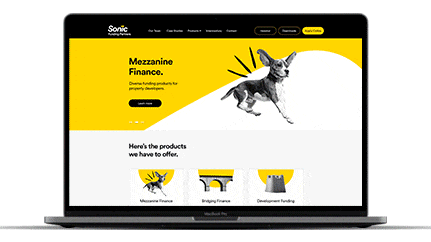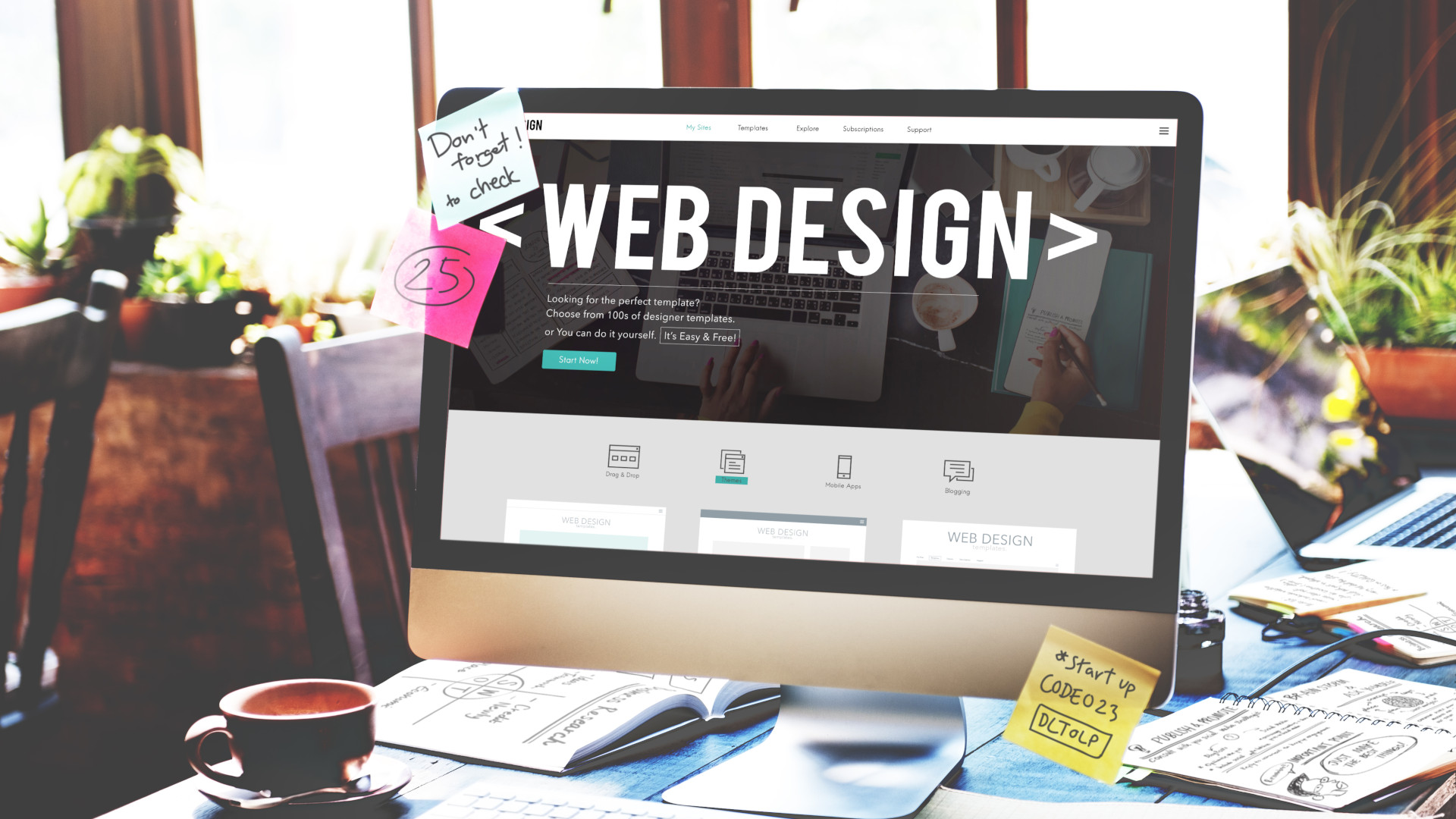Leading Tips for Creating an Impactful Internet Site Style That Converts
In today's digital landscape, the relevance of an impactful internet site design can not be overstated, especially when it involves transforming visitors right into clients. To accomplish this, one have to consider a variety of elements, consisting of recognizing the target market, prioritizing user experience, and optimizing for mobile systems. The calculated use of engaging call-to-actions and a well-defined visual power structure plays a crucial function in assisting individuals with their trip. As we discover these essential aspects, it comes to be evident that the success of your site depends upon more than just appearance; it calls for a thoughtful strategy to layout and performance.

Understand Your Target Audience
Comprehending your target audience is essential to efficient site style, as it lays the groundwork for developing an appealing user experience. Identifying who your individuals are, including their demographics, preferences, and behaviors, makes it possible for designers to tailor the web site's content, design, and capability to meet certain requirements.
Carrying out complete marketing research is crucial in this procedure. Surveys, interviews, and analytics can supply valuable insights into customer expectations and discomfort points. By assembling this information, developers can create individual personas that stand for various segments of the audience, making sure that design decisions are educated and pertinent.
Furthermore, recognizing the target market aids in picking proper layout components such as shade schemes, typography, and imagery that resonate with users. An internet site that speaks straight to its audience cultivates a sense of connection and depend on, encouraging longer check outs and greater conversion prices.
Eventually, a user-centered strategy to site design not only enhances user contentment but likewise supports business objectives by driving interaction and loyalty. By prioritizing the demands and preferences of the target market, a site can properly serve its objective and achieve preferred end results.
Prioritize Customer Experience
To boost the general performance of a web site, focusing on user experience (UX) is vital (Website Design). A properly designed UX guarantees that visitors can browse the site effortlessly, discover information swiftly, and involve with material meaningfully. This results in enhanced individual complete satisfaction and greater conversion rates
Begin by applying user-friendly navigating. Menus should be rationally structured, permitting customers to situate vital areas of the website with very little effort. Uniformity in style elements, such as shade systems and fonts, promotes familiarity, which is crucial for keeping individual interaction.
Furthermore, think about the packing rate of your site. A hold-up of just a couple of secs can bring about substantial drop-offs, as customers are much less most likely to wait for a slow-loading page. Simplifying images and maximizing code can enhance efficiency and keep site visitors.
Additionally, clearness in material presentation is important. Usage concise, interesting language and break up message with visuals to enhance readability. By prioritizing user experience, you not just develop a much more delightful atmosphere for visitors but also enhance your brand name's trustworthiness. Inevitably, a concentrate on UX is a financial investment in the long-lasting success of your site.
Enhance for Mobile Devices
Maximizing for smart phones is crucial in today's electronic landscape, where a raising variety of users accessibility web sites via mobile phones and tablet computers. A mobile-friendly design not only improves individual experience yet also plays a substantial function in boosting search engine rankings. To attain this, it is important to take on a responsive layout that instantly adapts to numerous display sizes and alignments.

Loading rate is another crucial element; mobile individuals are typically less client and expect quick accessibility to details. Optimize pictures and leverage internet browser caching to boost efficiency. Finally, test your web site on several tools and display resolutions to recognize and fix any type of prospective use issues. By prioritizing mobile optimization, you ensure that your website continues to be competitive and successfully involves a broader target market.
Use Engaging Call-to-Actions
A site's performance frequently rests on its capability to lead site visitors toward preferred activities, making compelling call-to-actions (CTAs) essential parts of style. CTAs work as the crucial points that route users to involve with the site, whether that means buying, registering for a newsletter, or downloading and install a resource.
To create effective CTAs, clearness is critical. Use succinct language pop over to these guys that clearly connects the activity you desire the customer to take. Expressions such as "Obtain Started," "Authorize Up Free," or "Shop Now" not just convey seriousness but likewise get rid of uncertainty. The placement of CTAs is similarly crucial; they need to be strategically placed throughout click to read the webpage to guarantee they are easily visible, particularly in high-traffic locations.
Furthermore, take into consideration using directional hints, such as arrows or pictures, to lead individuals toward these buttons. By concentrating on these elements, services can dramatically enhance customer interaction, driving conversions and ultimately accomplishing their web site's objectives.
Concentrate On Visual Power Structure
Effective internet site design relies greatly on a well-structured aesthetic power structure that guides users with web content flawlessly. By organizing components in a way that focuses on information, developers can boost user experience and assist in decision-making. This includes making use of dimension, color, comparison, and spacing tactically to attract attention to the most essential elements of a webpage.
The usage of bigger font styles for headings and subheadings establishes a clear difference in between various sections, permitting users to check content effortlessly. In addition, using different shades for switches and calls-to-action can catch user interest and encourage interaction. Whitespace is another vital part; it stops clutter and allows users to concentrate on crucial messages without distractions.
Photos and graphics need to complement the text while additionally sticking to the established hierarchy, reinforcing the overall message (Website Design). Uniformity in layout components, such as color pattern and typography, additional strengthens the aesthetic hierarchy, making navigation intuitive
%20%5B60%25%5D.jpg)
Final Thought
In verdict, effective website layout demands an extensive understanding of the target audience, prioritization of individual experience, and mobile optimization. Ultimately, a well-executed site layout serves as a critical part in driving individual actions and accomplishing organization goals.